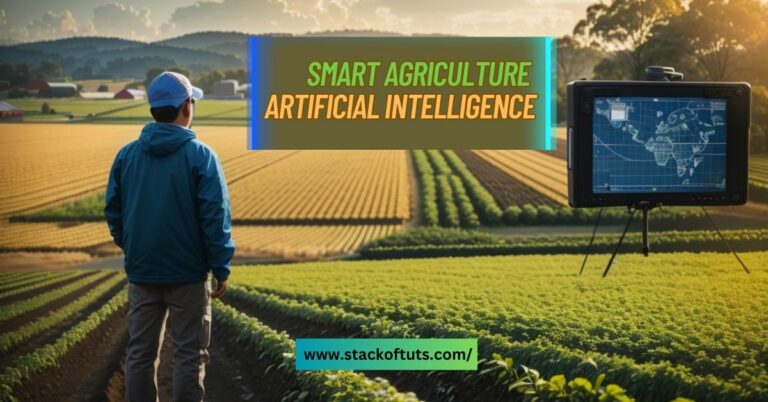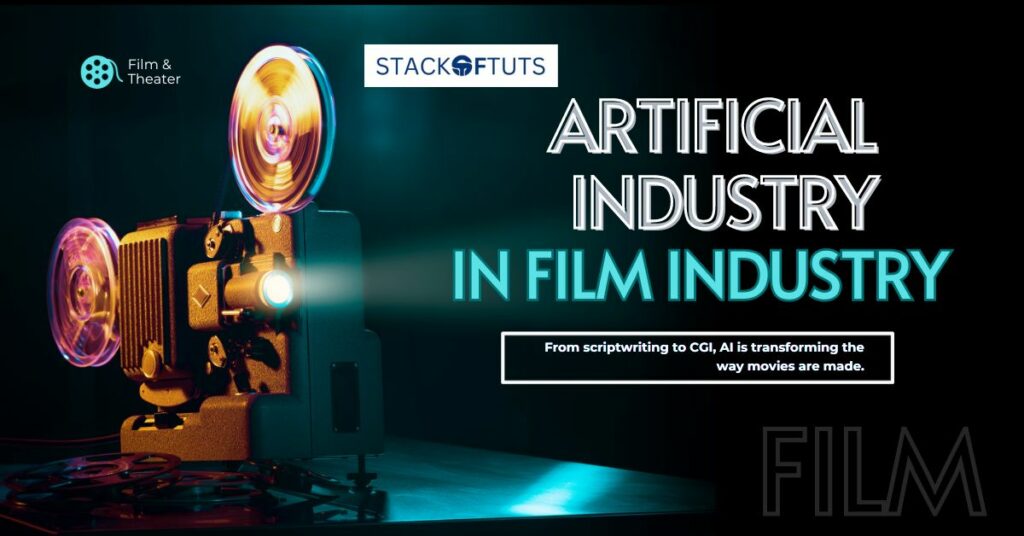
In recent years, the fusion of technology and creativity has taken center stage in reshaping numerous sectors. Among the most notable advancements, how artificial intelligence is used in the film industry is a revolutionary transformation. By seamlessly integrating AI-driven processes, the film industry is undergoing a profound metamorphosis, enhancing its artistic and operational aspects.
In this article, I will discuss the myriad ways this synthesis unfolds and its implications for the world of cinema.
What is AI?
Artificial intelligence (AI) is a subset of computer science that enables machines to mimic human intelligence processes. This includes learning (from data and experiences), reasoning (deciding which is the right method to reach a goal), and self-correction. AI systems can perform tasks that typically require human intelligence through machine learning and deep learning techniques.
How Artificial Intelligence Is Used in the Film Industry?
Screenwriting
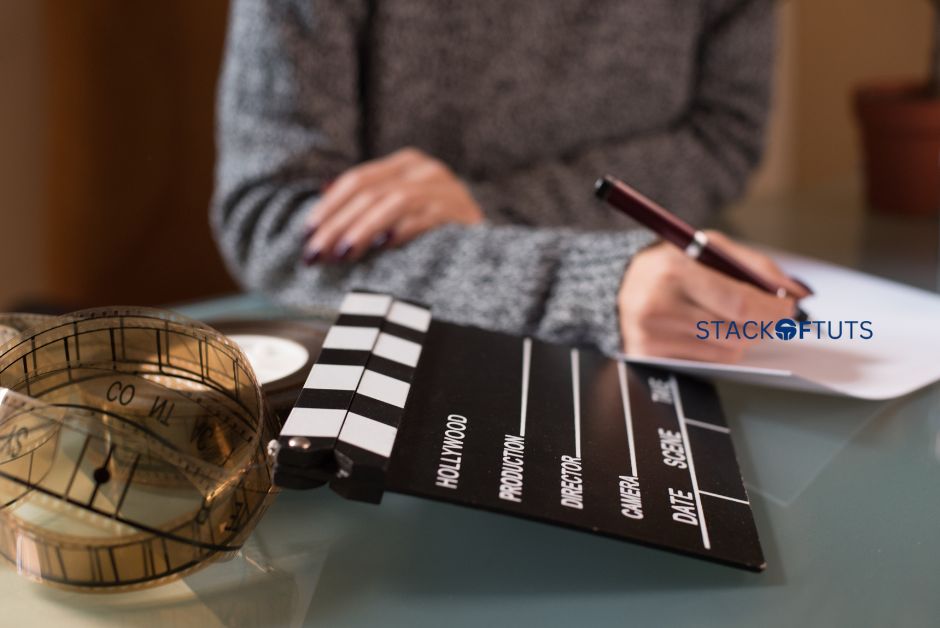
AI can aid in the analysis of scripts, offering insights into potential audience reception and suggesting improvements for dialogue or plot. It can even generate new screenplay ideas based on given themes or genres.
- Tool Example: ScriptBook provides AI-driven screenplay analysis, predicting a script’s success by assessing its content.
Pre-Production
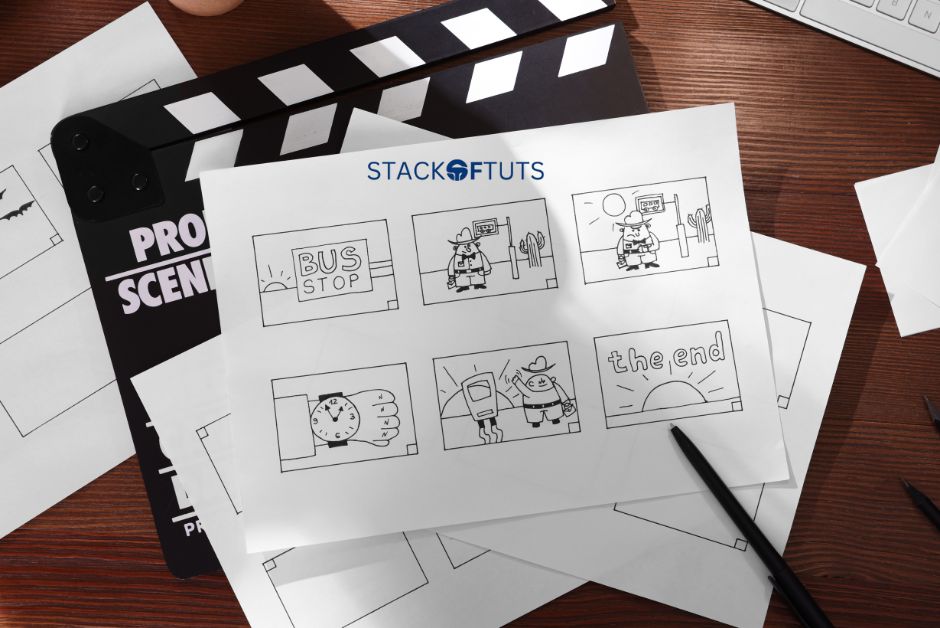
AI helps in the pre-production stage by aiding in casting decisions and analyzing vast amounts of data about actors’ past performances, market appeal, and more. It can also assist in scouting locations by matching desired scene descriptions with real-world locations.
- Tool Example: Cinelytic is an AI-powered platform that provides insights for casting decisions based on data-driven analyses.
During Filming
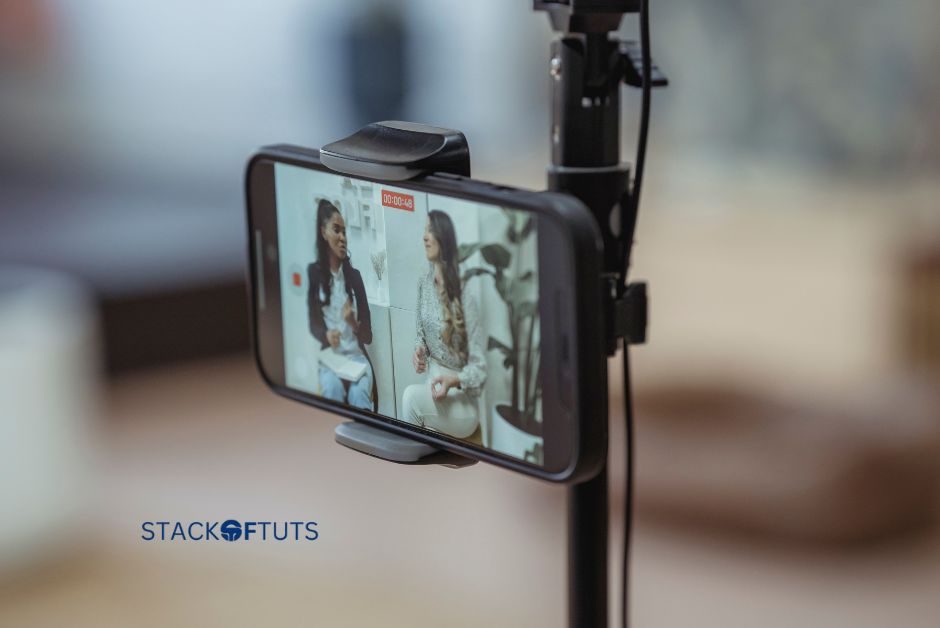
AI can assist directors during the shooting phase by offering real-time insights on captured footage or suggesting optimal camera angles based on the script.
- Tool Example: IBM’s Watson provides recommendations on shot selections by analyzing movie sequences.
Film Editing
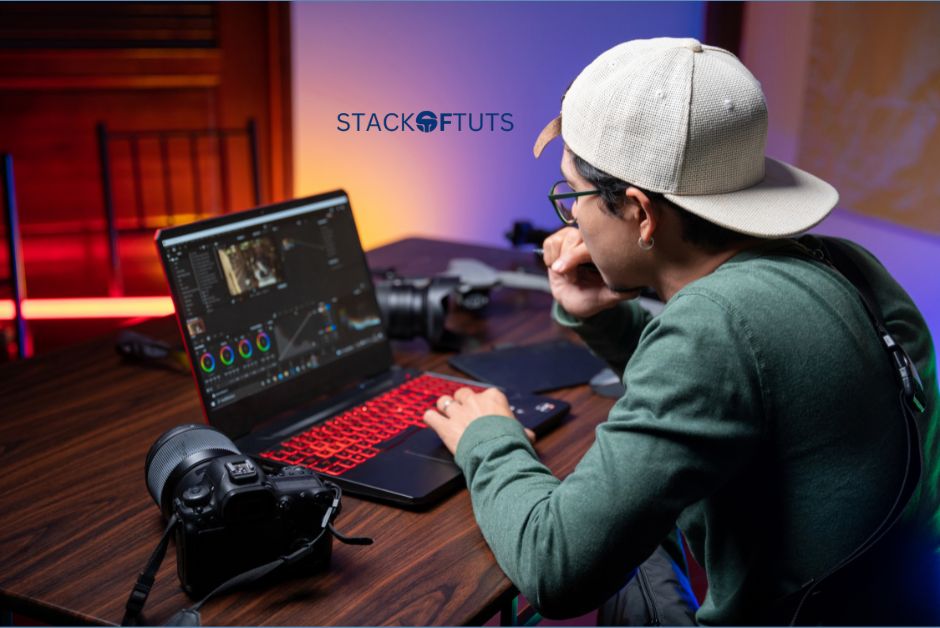
AI-driven editing tools can analyze hours of raw footage, pinpointing the best takes and suggesting a logical sequence for scenes.
- Tool Example: Magisto is an AI-powered video editing tool that automatically selects the best parts of your footage, helping editors streamline their process.
Creating Music
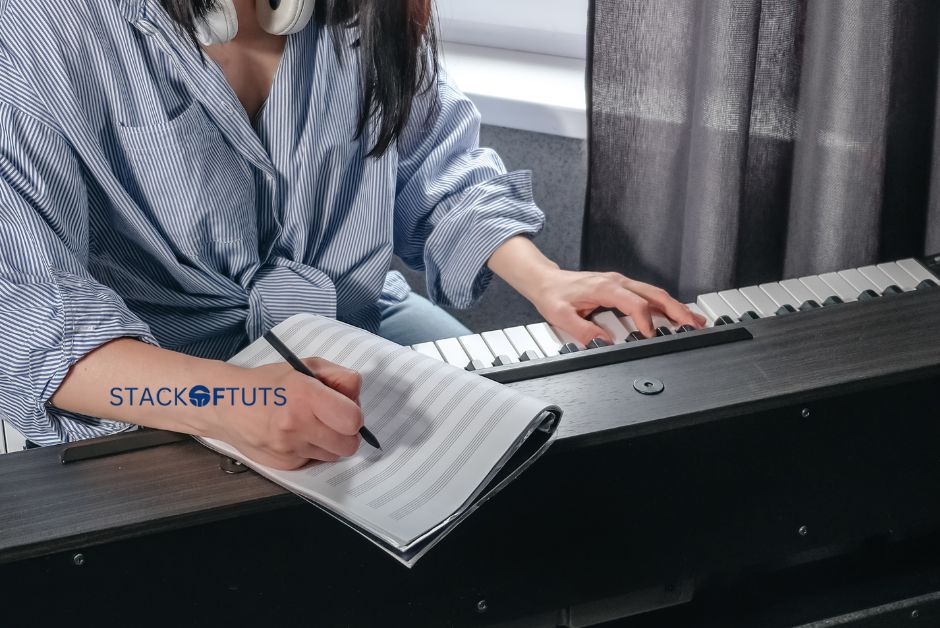
AI can generate music tracks tailored for films. Given the mood, style, and length specifications, AI tools can compose fitting soundtracks, thereby enriching the film’s auditory experience.
- Tool Example: Amper Music is an AI-driven tool that creates music compositions in line with filmmakers’ specifications, reducing the need for manual composition.
Examples of AI portrayed in films
In films, the portrayal of AI can be seen in the following examples
- HAL 9000 in 2001: A Space Odyssey (1968)
- The Machines in the Matrix (1999)
- Ava in Ex Machina (2014)
- Ultron in Avengers: The Age of Ultron (2015)
- K in Blade Runner 2049 (2017)
- Samantha in Her (2013)
- The Robot in Robot and Frank (2012)
- GERTY in the Moon (2009)
- Sonny in I, Robot (2004)
- David in Alien: Covenant (2017)
- TARS and CASE in Interstellar (2014)
- The Entity in Mission: Impossible—Dead Reckoning Part One (2023)
What are the impacts of AI on the film industry?
AI is having a significant impact on the film industry, both positive and negative.
Positive impacts
- Increased efficiency and productivity: AI can automate many time-consuming and repetitive tasks in filmmaking, such as script analysis, location scouting, and editing. This can free up filmmakers to focus on more creative aspects of their work.
- Improving quality: Filmmakers use AI to craft realistic and immersive visual effects and to boost the clarity of audio and video recordings.
- New creative possibilities: AI is opening up new possibilities for filmmakers to tell stories and create new forms of entertainment. For example, AI can be used to generate realistic digital characters, create interactive experiences, and personalize content for individual viewers.
Negative impacts
- Job displacement: As AI advances, it might displace some jobs in the film industry. For instance, the industry could use AI to take over the roles of editors, colorists, and certain visual effects artists.
- Loss of creative control: Some people worry that AI could lead to a homogenization of creative content as filmmakers rely more and more on AI-generated ideas and content.
- Increased costs: The development and use of AI technologies can be expensive. This could make it difficult for independent filmmakers to compete with major studios.
FAQs
AI analyzes user data, viewing patterns, and preferences to recommend movies tailored to an individual’s taste.
While AI can create realistic digital characters, human emotions, expressions, and nuances are irreplaceable. AI might assist, but it’s unlikely to replace human actors fully.
AI can provide insights and suggestions, but the heart and soul of a story often come from human experiences and emotions. While AI can assist, human touch is integral to storytelling.
AI analyzes audience data, enabling targeted marketing campaigns. It helps filmmakers understand what the audience wants, leading to more effective promotional strategies.
Conclusion
Understanding How Artificial Intelligence Is Used in the Film Industry gives a glimpse into the future of cinema. While AI tools and techniques are invaluable in enhancing various aspects of filmmaking, the human touch remains central to the storytelling process. As technology continues to advance, it’s essential to strike a balance between AI’s efficiency and human creativity.
Thanks!


